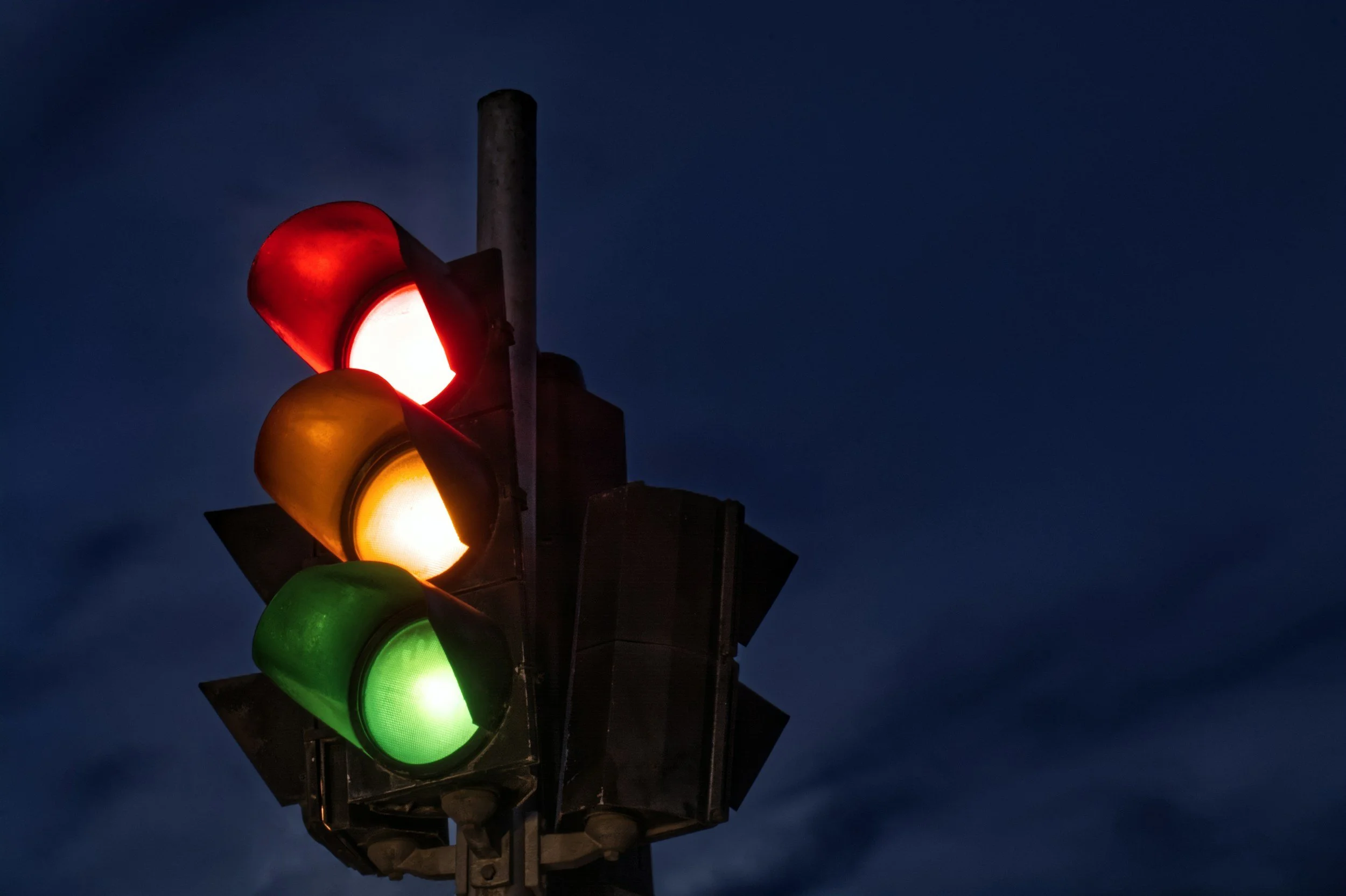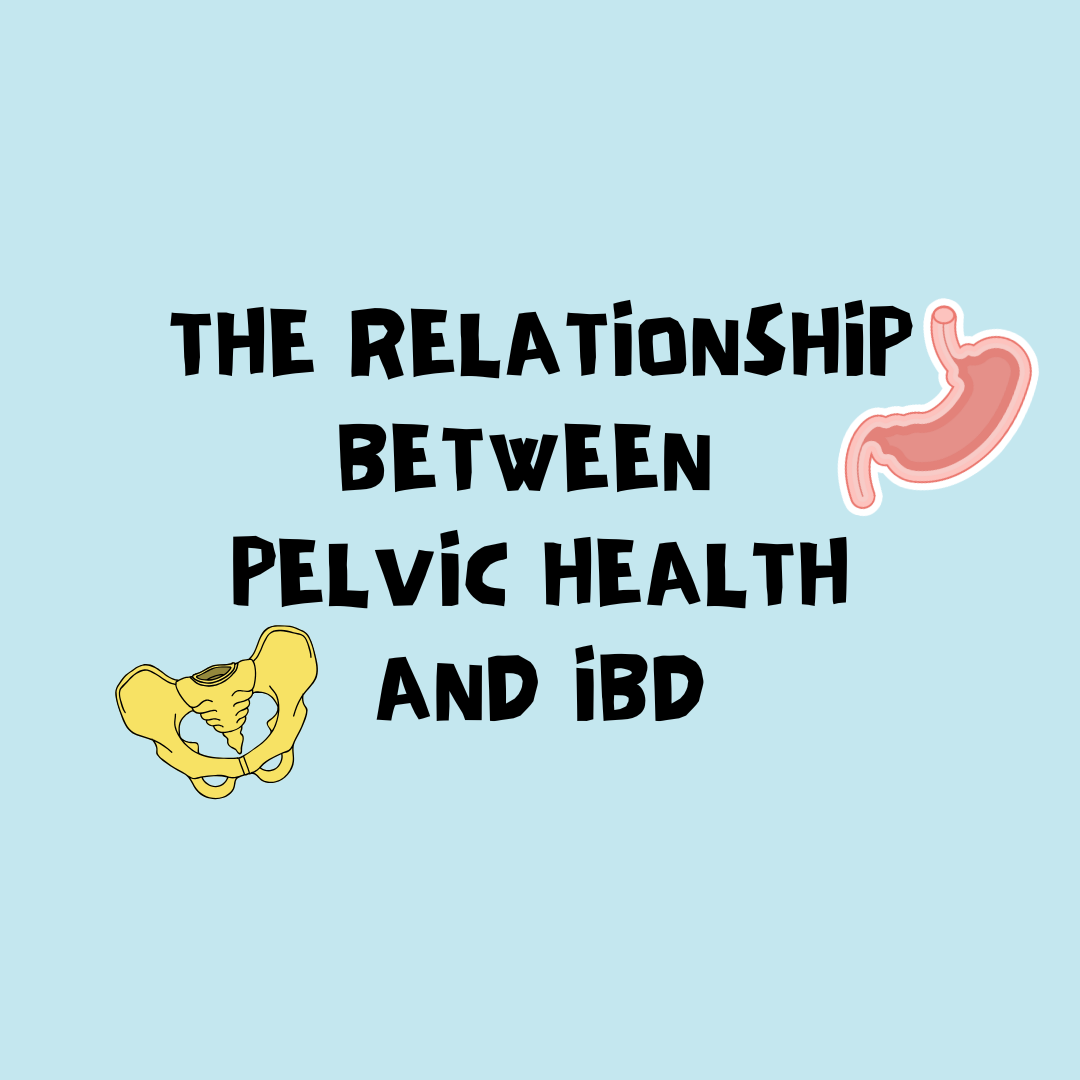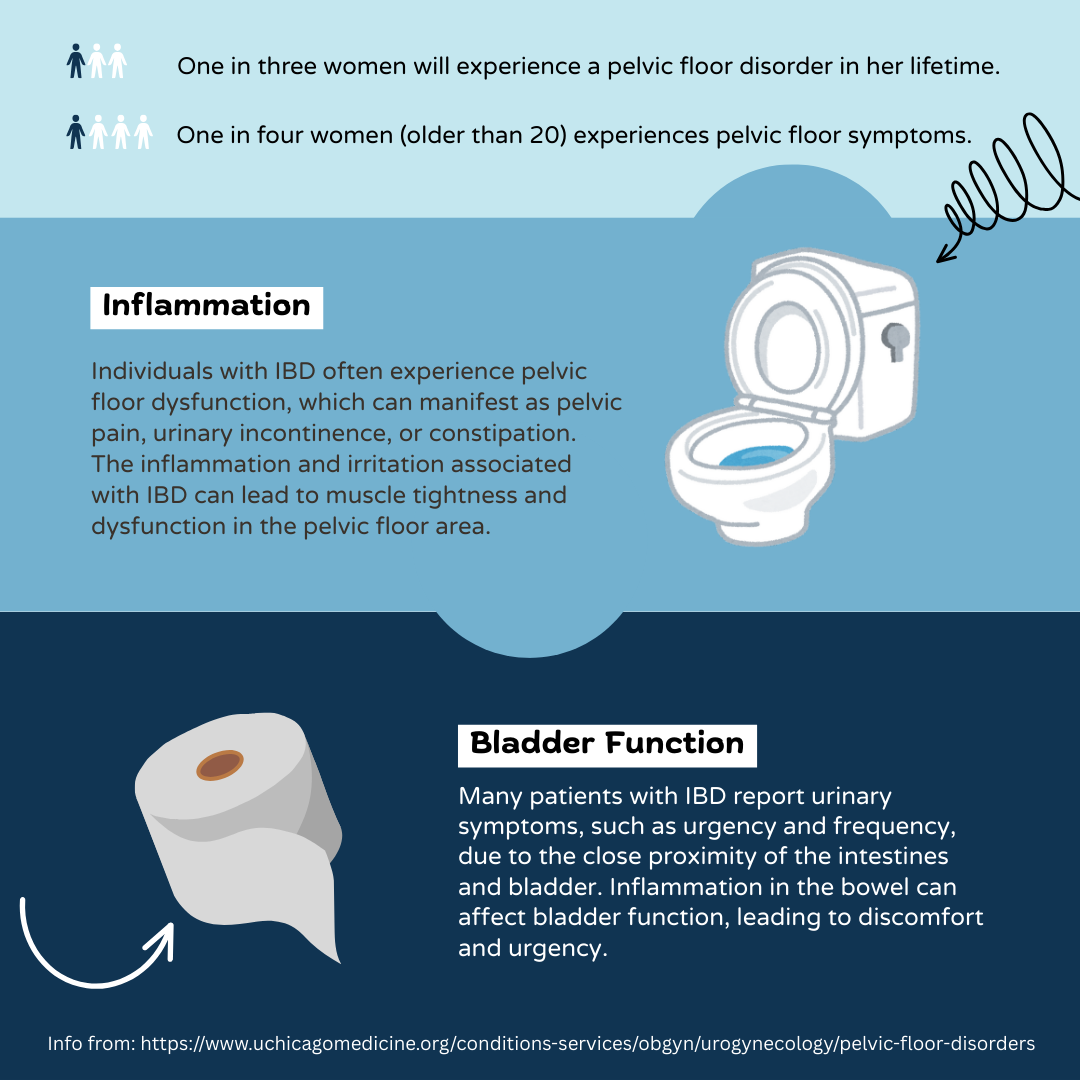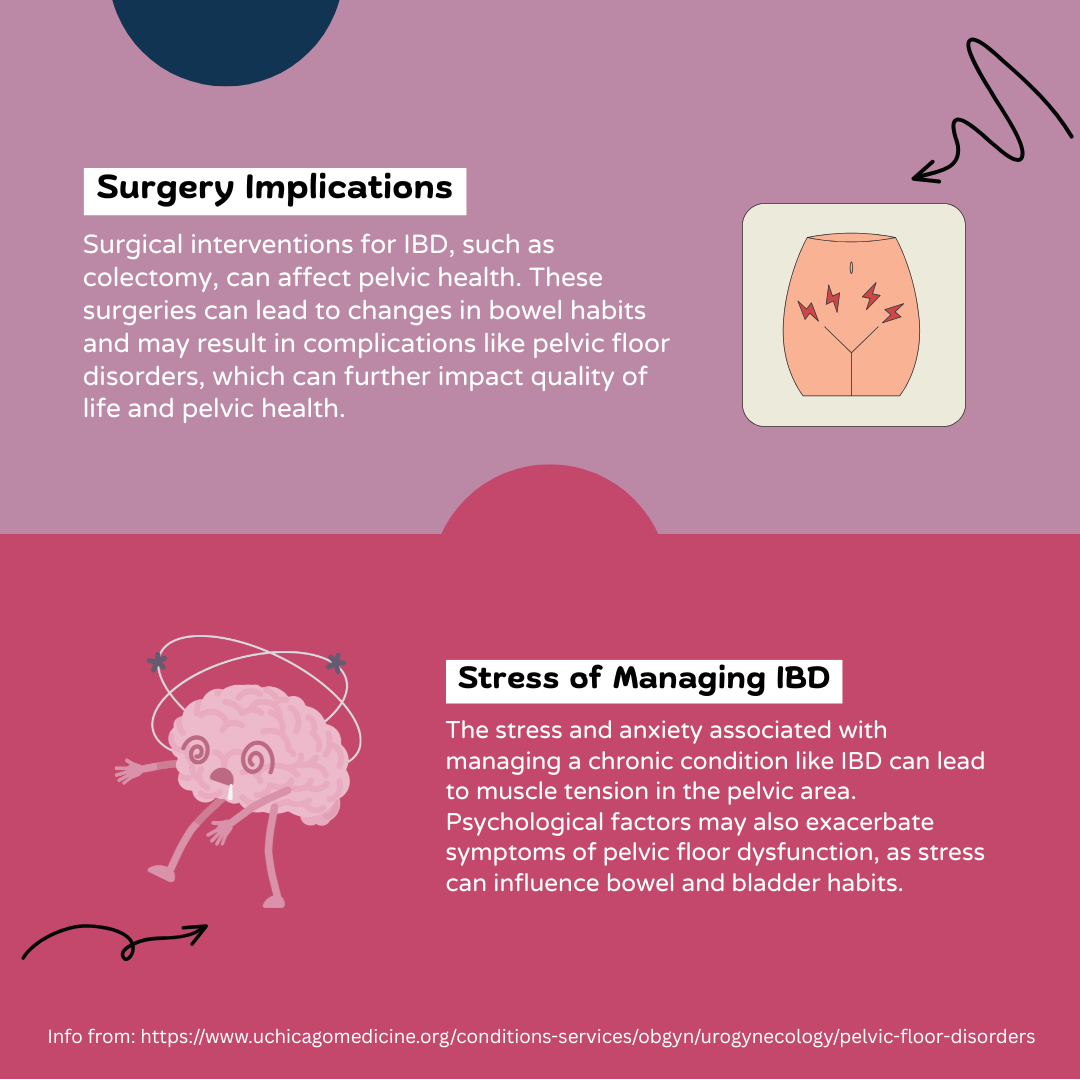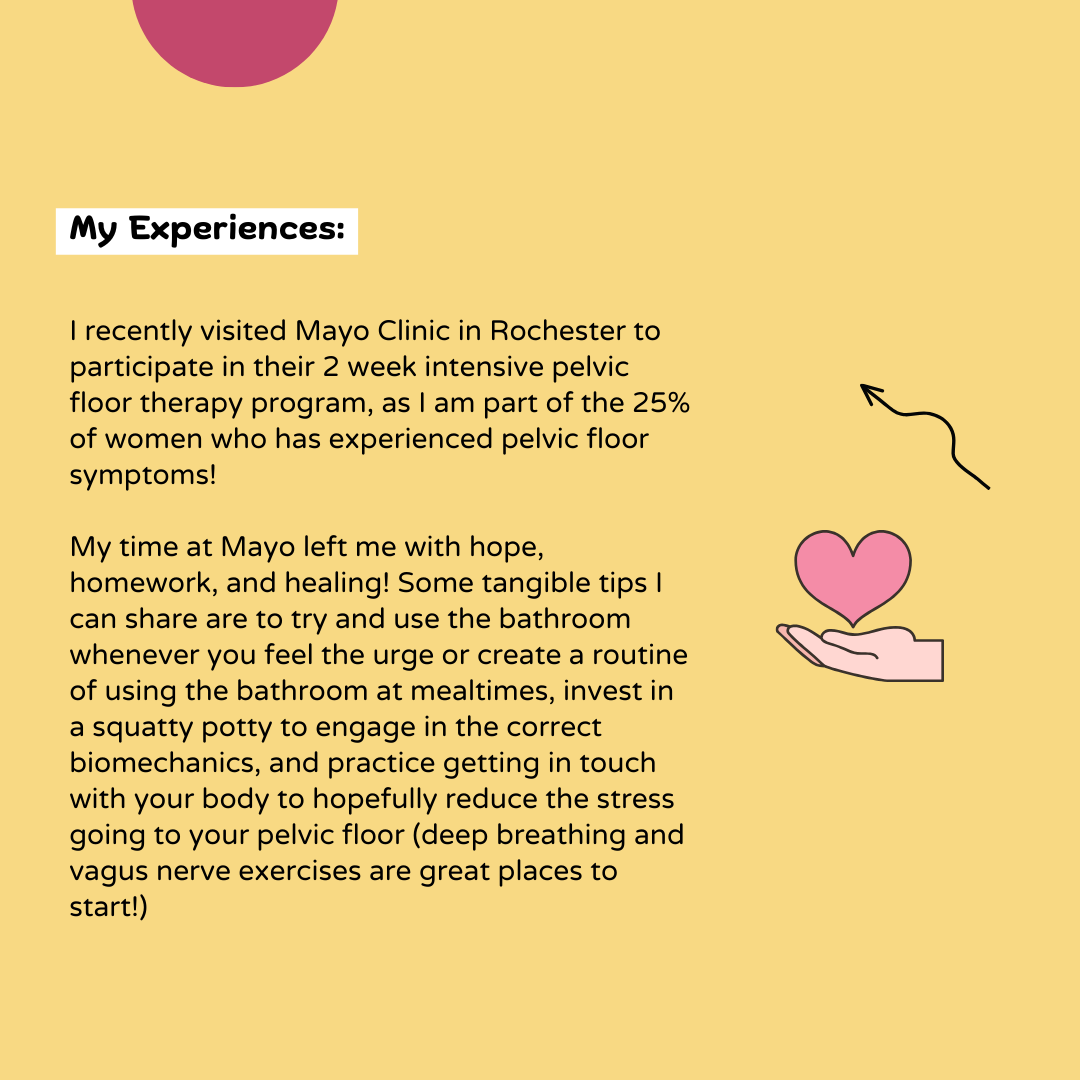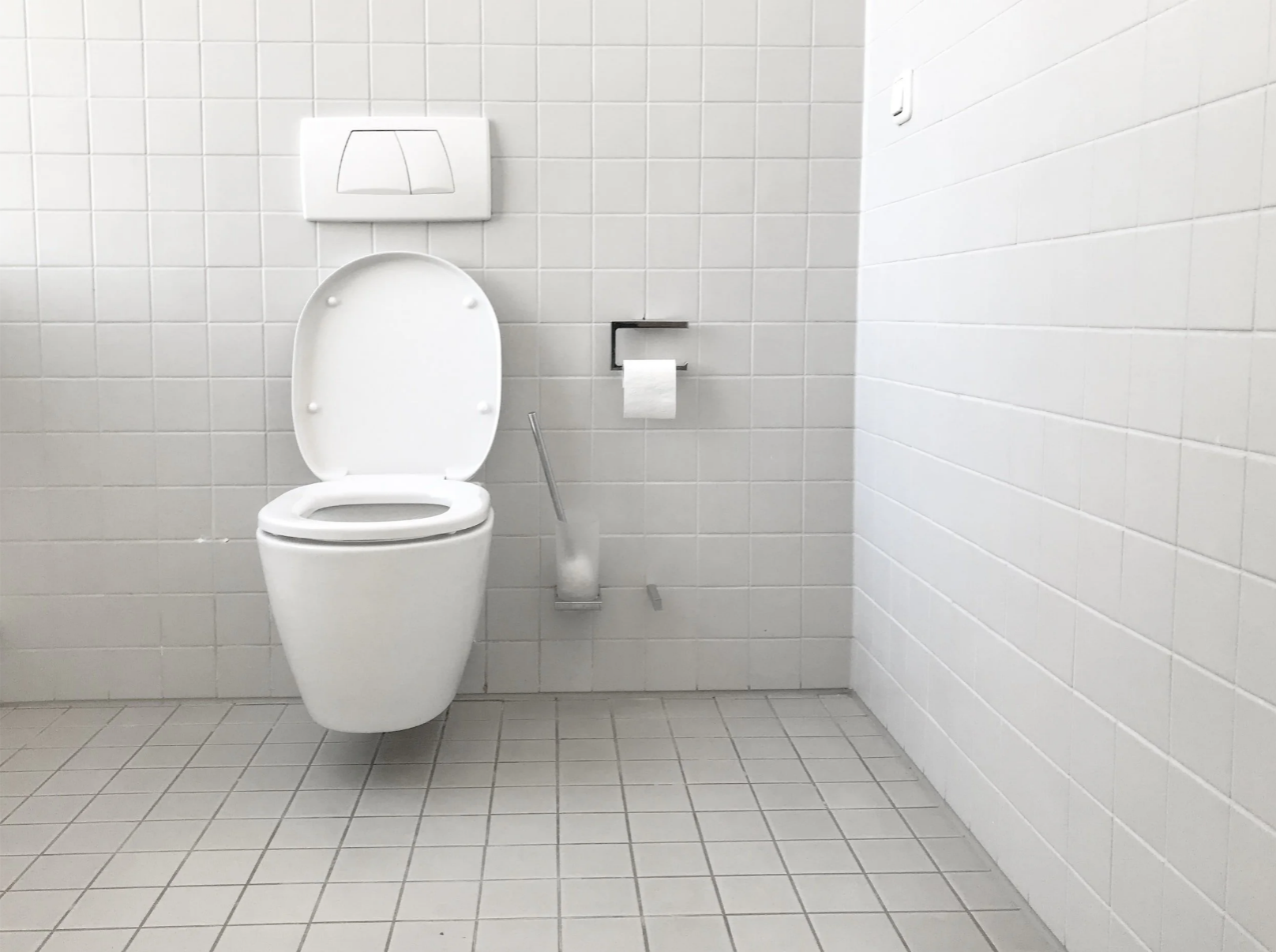by Michelle Garber (California, U.S.A.)
When most people hear the word "remission," they imagine relief, a clean slate, and the end of suffering. For those of us living with Inflammatory Bowel Disease (IBD), remission is supposed to mean that we can finally be free of the pain that controlled our lives and simply breathe again. Unfortunately, for so many IBD patients, remission doesn't mean that the pain disappears. Rather, our pain changes form. Our pain becomes quieter, more private, and more invisible. It becomes the kind of pain that can exist in silence. The kind of pain that may not scream for help, yet it still whimpers day and night. The kind of pain that is easy to be overlooked while the rest of the world assumes you're fine.
Chronic pain is one of the most misunderstood aspects of IBD. It lingers long after flares fade, threading through your days in ways that are impossible to explain. It's invisible, yet constant. It's being in pain every single day, but learning to function anyway because you have no other choice. Chronic pain has become a part of my life—like a ringing in my ears that I've had to learn to ignore. I've learned to appear "fine" because visible pain tends to make others uncomfortable, and because I've discovered that admitting the truth often leads to dismissal. I have become so adept at masking my pain that I've become fluent in pretending. Pretending that I'm not silently calculating how much longer I can keep standing before the pain in my abdomen forces me to sit down. Pretending that the subtle grimace that escaped when I moved the wrong way was just a product of my "resting b*tch face." And pretending that "pain" is no longer in my vocabulary.
The pain of IBD patients also commonly goes unrecognized by medical professionals because the traditional 1-10 pain scale was not built for those living with chronic pain. For example, if I tell a doctor that my pain is at a "6/10," they may interpret that as "moderate discomfort." For those without IBD or chronic pain, though, my "6" might be their "10." Our baseline is simply so different from those without chronic illness/chronic pain, therefore making the standard 1-10 pain scale almost meaningless for us. This can have dangerous consequences as pain is typically the body's signal that something is wrong. When we are constantly experiencing pain, it can be difficult to determine whether it's "significant enough" to seek help or whether it's just our "new baseline." The fact of the matter is that any pain should be and is "significant enough," but we've been conditioned to not view it as such. We've been conditioned to accept a new and distorted "baseline level of pain" due to our illness, when those without chronic pain are not encouraged to do the same. Therefore, it can be hard for both us and medical professionals to know when something is "wrong," creating the potential for treatment delays, disease progression, prolonged suffering, and—depending on the illness—even fatal consequences.
Living with chronic pain often means learning to downplay your pain. No matter how much pain I'm in, I never rate my pain as a "10." I rarely even rate it as an "8" or a "9" because I know what happens when I do. I've seen "the look." It's that flicker of suspicion that crosses a medical provider's face when you say you're in severe pain, but you don't exactly "look" like it. I have felt the shift in tone when my honesty is mistaken for medication-seeking or when my tears are assumed to be those of ‘crocodiles.’ Because as it has been made quite clear by many medical professionals, if you don't have overwhelmingly visible evidence of your pain, then it must be exaggerated. Or, you must have a mental illness since "it's just anxiety," and "it's all in your head." So, like many others, I minimize my pain. I say that it's a "4" or "5." I'll tell doctors that my pain is manageable, even when it's often very much not.
The stigma of simply wanting relief is one of the cruelest aspects of IBD and chronic pain. The truth is, it's terrifying to need help in a system that might not believe you. IBD also presents unique challenges when it comes to pain management. Nonsteroidal anti-inflammatory drugs (NSAIDs) are usually off-limits because they can actually trigger flares. Opioids, while sometimes the only medications strong enough to even touch the pain, are approached with understandable caution due to their risks (i.e. the potential for constipation, dependency, and/or substance use disorder). As a result, we're often left to "cope." We're told to meditate, breathe, use heating pads so often that we burn ourselves, and/or use methods of distraction while our insides feel as though they're literally being twisted inside-out. If we're lucky, we might just get a pamphlet or a link to a video explaining these coping mechanisms. We're essentially almost abandoned by most medical providers as they expect us to endure significant pain without the use of effective pain relief options.
Don't get me wrong, these coping skills can help, but they certainly don't erase our pain. They just make it more bearable. Over time, the constant strain of pushing through the pain can wear down even the strongest person—the person who has "been through it all" and has a "high pain tolerance." Chronic pain doesn't just live in the body. Chronic pain infiltrates the mind and can chip away at one's patience, hope, and even will to keep fighting.
Yet, I understand why providers are cautious when it comes to pain management because I've seen the other side of it too. I currently work at a substance use disorder treatment center as a soon-to-be therapist. I've noticed that many clients' struggles with substances began in the same place: pain. Some struggled with physical pain, some with emotional pain, and many with both. Some clients even suffered from chronic illness(es)/injuries, were told that there was nothing that could be done for their pain, and were never provided with any sort of pain relief by their doctors. Others were prescribed opioids for a while and were then abruptly cut off from them by their medical providers. Much of their substance use history echoes the desperation that many IBD patients have also experienced—the desperation to simply function. The desperation to hold down a job and just get through the day. The desperation to be able to sleep through constant throbbing and aching. The desperation to escape one's pain for "just five minutes." The desperation to just be.
These stories serve as a reminder that pain affects so much more than what meets the eye. That's why it hurts so deeply when our pain is minimized by doctors, friends, family members, partners, and even by ourselves. We tell ourselves that our pain isn't as bad as it feels, while we're quietly counting the minutes until we can lie down. We tell others that we're "fine" because we don't want to be seen as "fragile" or "dramatic." We tell doctors lower numbers on the pain scale so that they'll take us seriously. Many of us would rather suffer quietly than risk being labeled. We learn to mask pain so well that even those closest to us never usually realize the strength it takes for us to just get out of bed.
Masking pain comes at a cost, though. Each time we minimize our pain, we invalidate our own experience. We erase a little bit of our own truth, piece by piece—a small but painful act of self-betrayal that we've been conditioned to commit in order to be believed. Masking pain also isolates us. It makes our struggle invisible, and in doing so, it allows others—including medical professionals—to not be able to see the undeniable pattern of IBD patients with chronic pain.
Pain is not just a symptom. It's a lived experience that profoundly shapes our relationships, our work, our self-worth, our future, and our sense of identity. For example, we might pursue occupations that don't require physical labor, and we might choose living environments that are close to our caregivers/doctors, have bathtubs over showers, and lack staircases. For those of us living with a chronic illness, pain becomes part of who we are—not because we want it to, but because it demands to be acknowledged.
Living with chronic pain and IBD means existing somewhere in a space between endurance and exhaustion. Between being believed and being dismissed. It means learning to hold compassion for yourself, even when the world doesn't. It means carrying an invisible burden that requires extraordinary strength to bear, even though it feels as though you have no strength left to do so. It means showing up—for others, for yourself, and for life itself—often without anyone realizing just how much effort it all takes.
That quiet persistence is something that I have come to admire deeply, both in myself and in others who live this reality. Because even when our pain is invisible, our resilience is not. It serves as a powerful testament to every person who keeps going despite their own body making the simplest things feel impossible. And even though our pain may be a part of who we are, our resiliency proves that it is certainly not all of who we are. We are so much more than our pain and our illness.
Still, our pain deserves to be acknowledged. Our stories deserve to be believed. Our healthcare system must learn to see what cannot be seen—not to just treat the illness, but to honor the full human experience of actually living with it.
Therefore, we need a better way to talk about chronic pain, especially in regards to IBD. We need providers to understand that our "normal" is not their "normal." That just because we appear to be "fine" does not mean that we are not suffering. That pain in remission is real. And that asking for pain relief isn't manipulation—it's survival.
Living with chronic pain and IBD means learning to navigate a world that often doubts what it can't see. But we exist, and our pain is valid. It's time for the system and the world to finally see us because if you look hard enough, you'll see that our pain is actually not as invisible as it seems—it just continues to go unseen.
Image by @gnikomedi on Unsplash.





